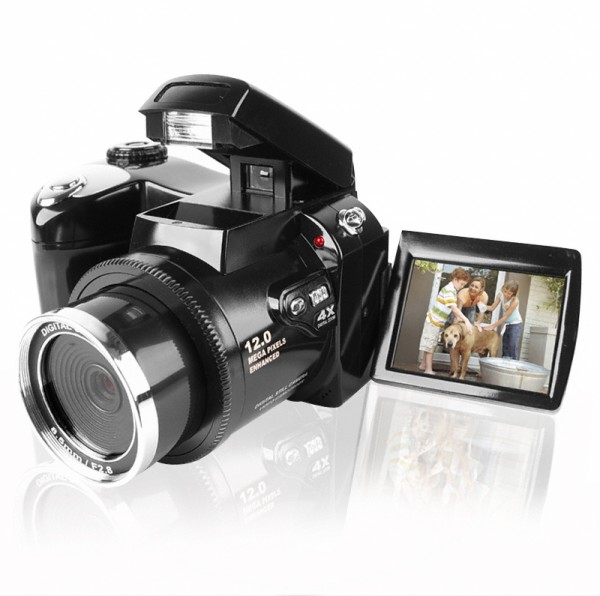
Many prospective digital camera buyers get to the online shopping market with no idea of the category of cameras they prefer. Probably, they have a rough idea of the megapixels, lens quality, memory types and size but do not know anything about camera categories. Digital cameras are mainly categorized into three types; Digital SLR, Micro Four Thirds and Point and shoot types. Each category has its own pros and cons as follows: –
Digital SLR cameras (DSLR cameras)
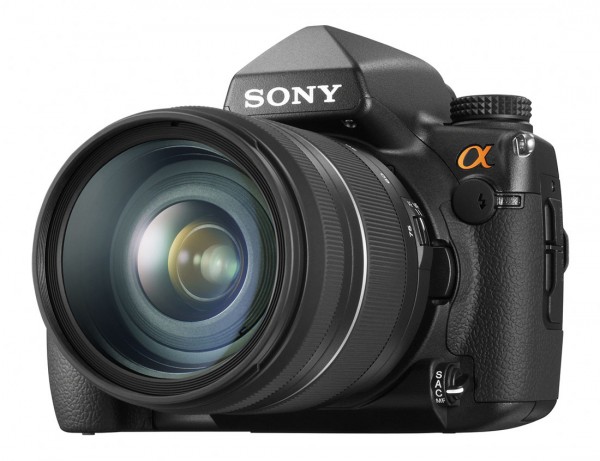
Digital SLR cameras have an automatic mode where any user, even a fresher can easily use and manage.
Advantages
- They produce high quality photos if the user really knows how to snap from good angles.
- Some DSLR digital cameras have high quality lenses that offer amazing zooms for best videos and images.
- Most of them have no shutter lag – this feature allows users to shoot photos of action more cheaply.
Disadvantages
- They are huge and heavy in weight so those who prefer them must be ready to haul around with some bulk of weight. They will need to have a special carrier or a small bag specifically for the camera for convenience in times of travel.
- No single DSLR camera is sold below 500 US dollars. They are very expensive; their prices can go up to 3,000 US dollars and more.
- They are very delicate and need professional and dedicated care, handling and management.
- Users must have good technical know-how to operate.
Point and shoot digital cameras
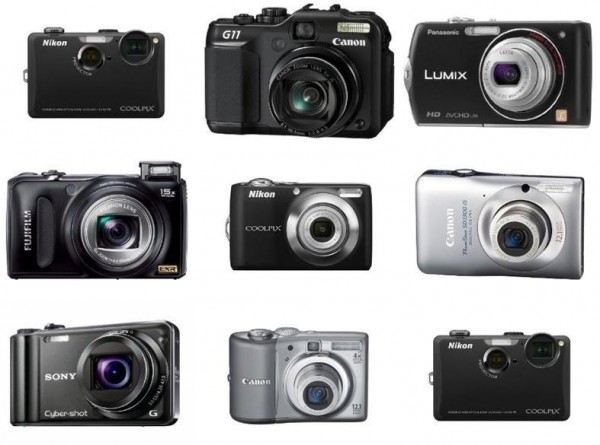
Many photo geeks argue that point and shoot digital cameras snap high quality images compared to DSLRs. Many types of cameras in the market have the point and shoot feature.
Advantages
- They are of small and compact sizes. As small as they are, their image quality remains great.
- They are highly affordable. It’s possible to spot a point and shoot camera for as low as $200, $300 or $400.
- They are easy to carry and use. You need only to point then shoot and let the camera rest at the palm of your hand.
Disadvantages
- They do not offer as many controls as the DSLR types.
- They produce low quality images in low light conditions.
- Their zoom ability is low compared to DSLR.
- They have shutter lags which render snap shooting more difficult.
Micro Four Thirds Digital cameras
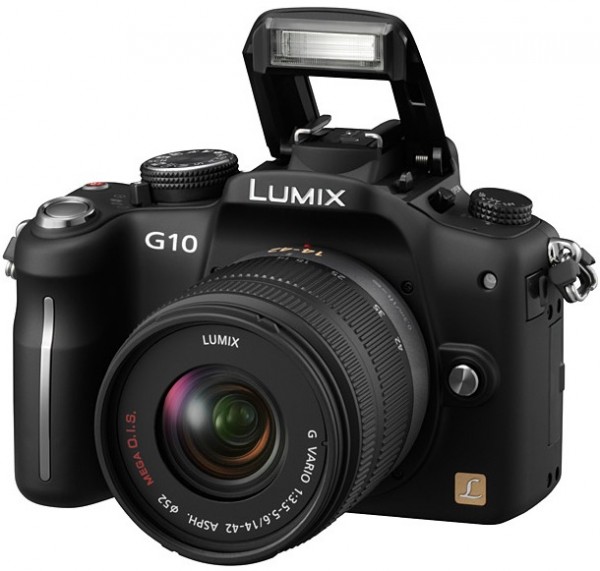
The Micro Four Thirds digital cameras have just come up to the markets recently. They feature a state-of-the-art technology combining the best of DSLRs and point and shoot cameras.
Advantages
- They are compact small in size, smaller than DSLR. They are not pocket size like the point and shoot.
- They produce high quality photos.
- They have good zoom qualities
- They have minimal shutter lags.
Disadvantages
- They are relatively expensive.
- Image quality is not as good as the one for DSLRs.




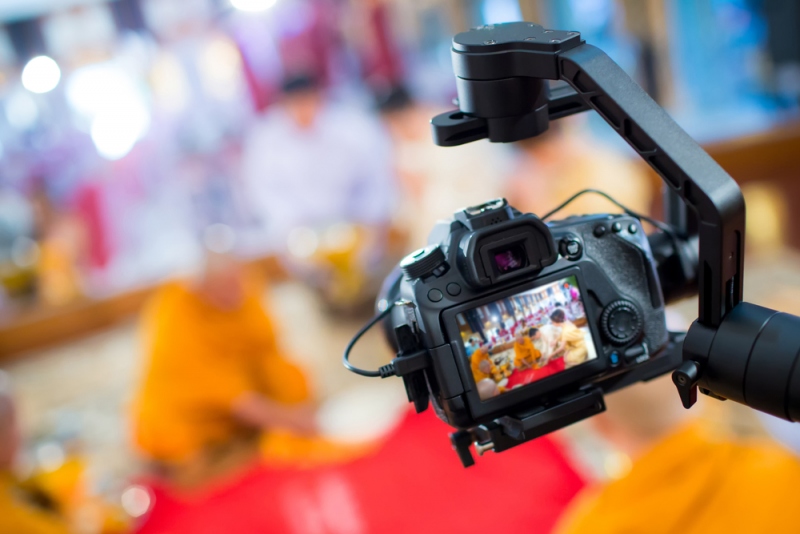
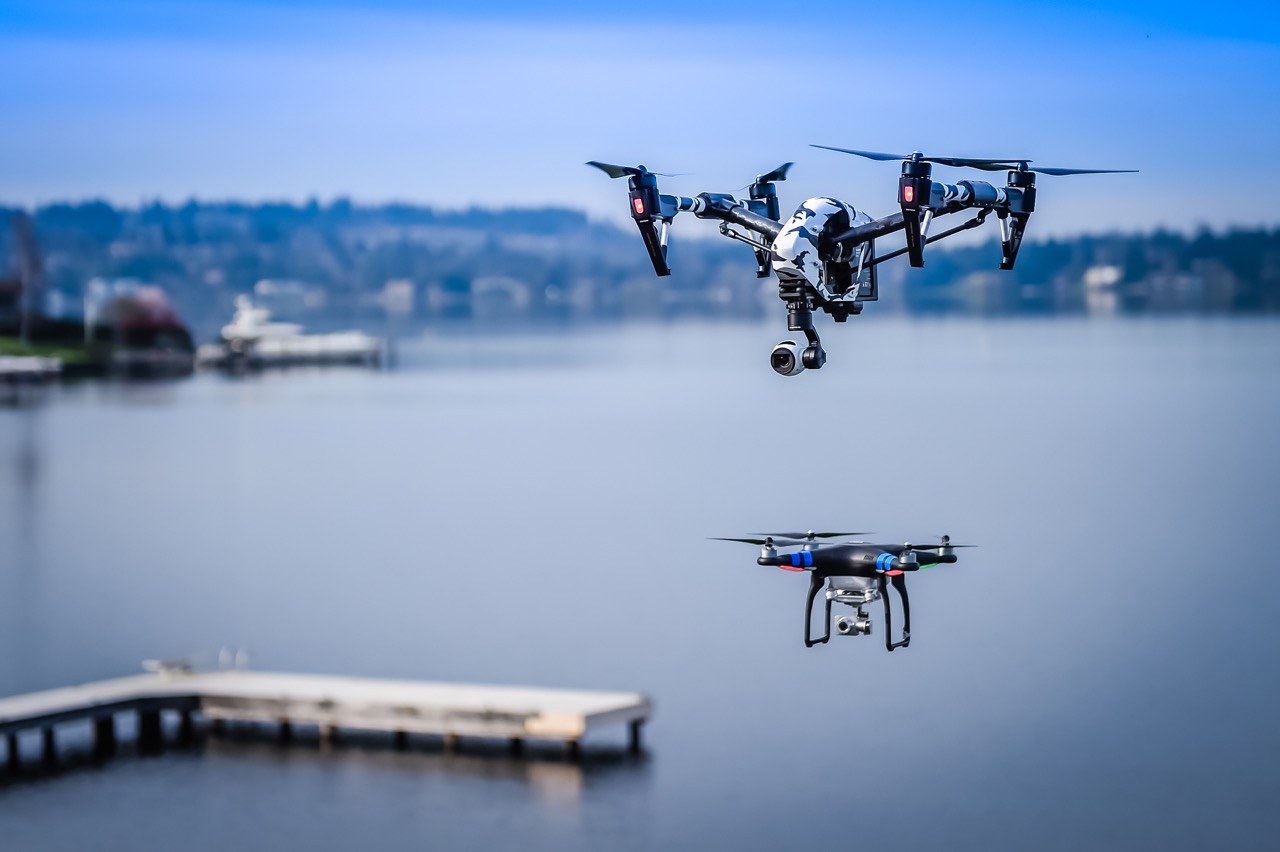
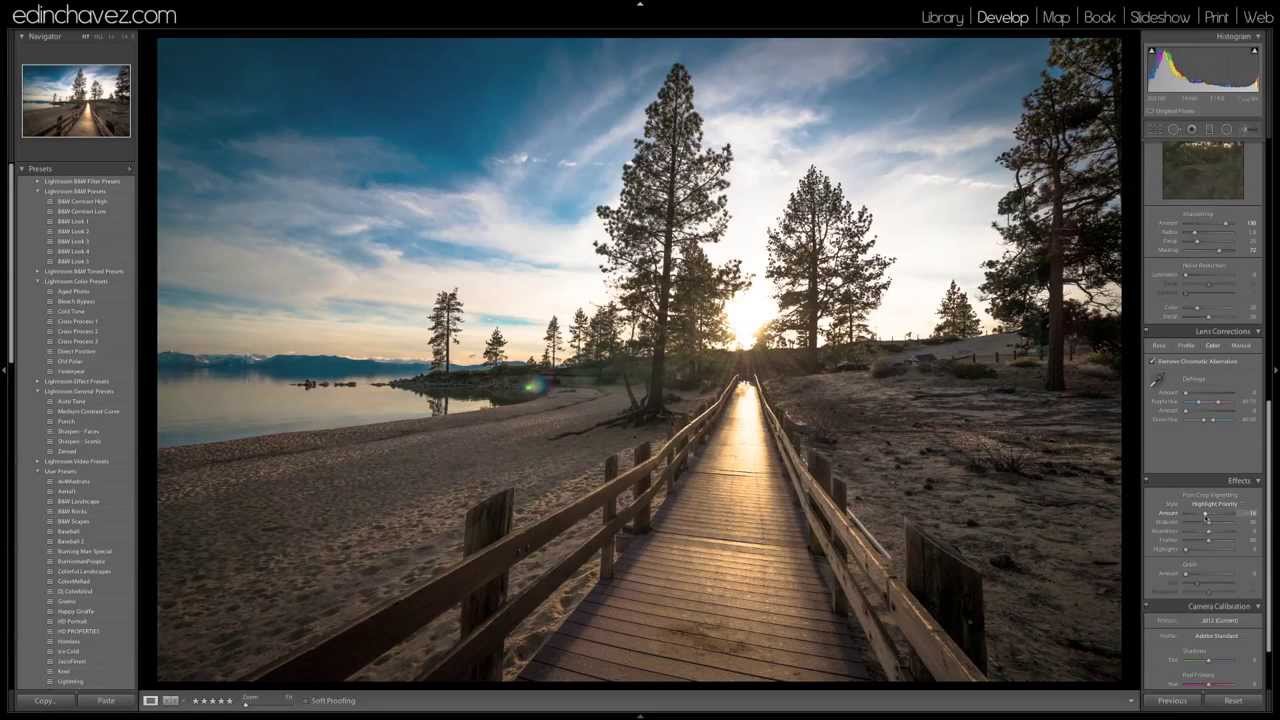



Comments